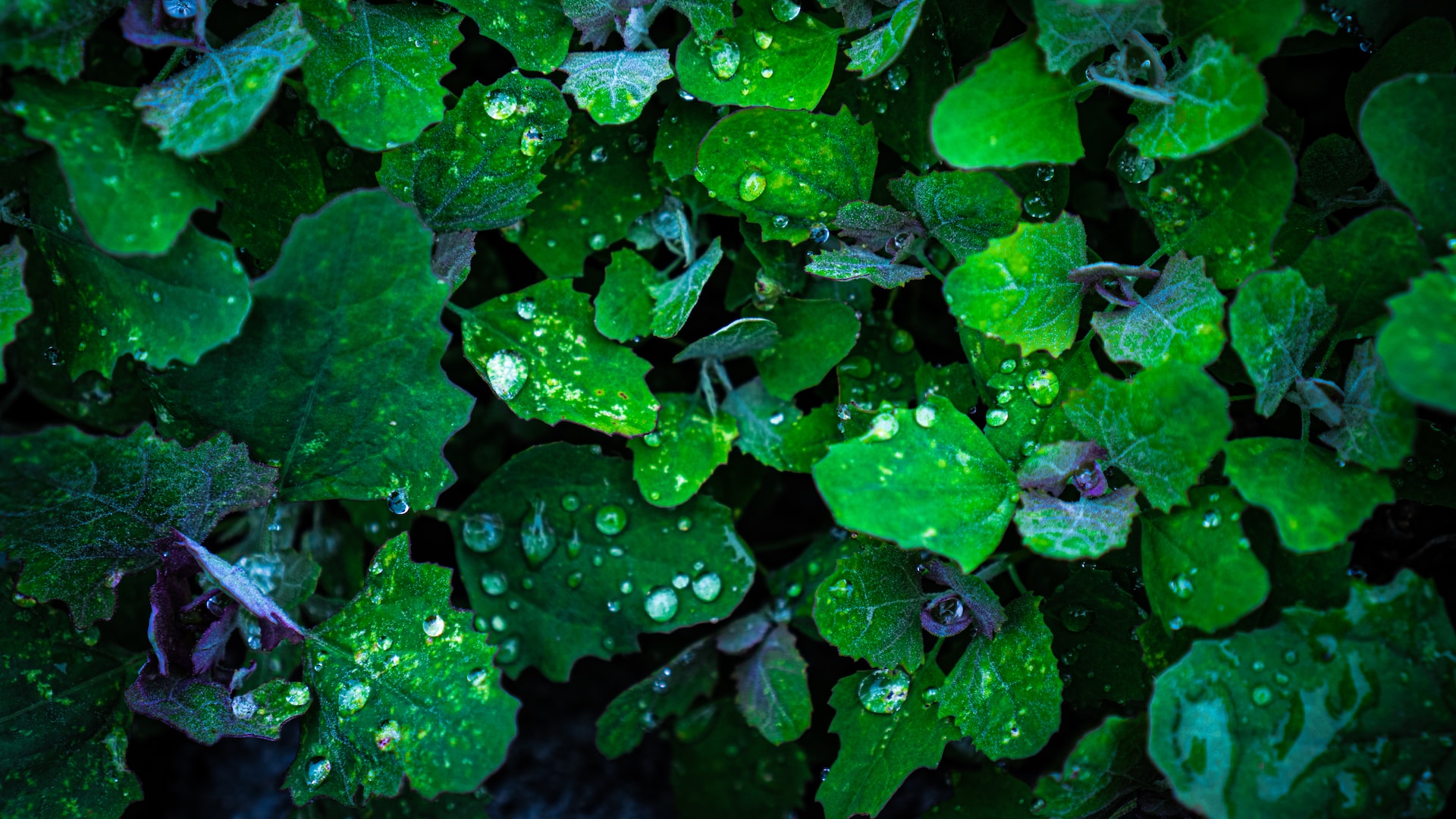Weeds play an essential role in the aquatic ecosystem. One-celled algae provide food for fish and other organisms, while larger plants offer habitat and shelter.
However, if weed populations become excessive, they can detract from the aesthetics, reduce recreational opportunities and decrease water quality. Aquatic weed control strategies can include preventive measures, mechanical removal, biological controls, and chemical methods.
Contents
Weeds Detract from Aesthetics
Weeds wreak havoc with the beauty of water bodies. They often block sunlight from reaching the bottom of a pond, lake, or irrigation canal, inhibiting natural vegetation and other aquatic life. They also create a nuisance, producing foul odors and blocking recreational activities.
Aquatic plants that are too dense in a marine habitat can harm the ecosystem, including disrupting dissolved oxygen levels and detracting from the overall aesthetics of a lake or irrigation canal. The key to preventing aquatic weed growth is proper planning and management.
Hiring aquatic weed control Florida professionals can help prevent weeds by limiting the number of nutrients entering a lake or irrigation canal through a unique process. In addition, pond construction techniques should minimize the habitat conditions that favor the proliferation of unwanted aquatic weeds. For example, the edges of new and existing ponds should be deepened to prevent the development of rooted aquatic weeds. Also, planting species that propagate by rhizomes or runners should be avoided.
They Destroy Fish Habitat
Plants are natural components of the aquatic environment, but excessive growths of aquatic weeds detract from the beauty of a lake or pond and interfere with recreational activities. Weeds often choke out native aquatic plants that provide fish habitat, and some weeds produce toxic gases that harm or kill fish and other water organisms.
Aquatic herbicides are usually used for large, established weed infestations and can be very effective in some situations. However, the chemicals can also harm other species and must be used according to the directions on the product label.
Habitat manipulation techniques can be used to delay or prevent the establishment of invasive aquatic weeds. These include the use of bottom liners, artificial shading, and dredging.
They Reduce Dissolved Oxygen Levels
A body of water depletes dissolved oxygen when weeds overgrow the aquatic habitat. They block sunlight, preventing algae from growing and producing dissolved oxygen. When dead weeds decay, they consume oxygen through their metabolic processes and emit organic sediment.
Adding fish to a lake system can help to keep weeds in check. However, the type of fish chosen must be compatible with other actual and potential water uses.
The best method of reducing weed populations is prevention. Site selection is crucial to preventing weeds, ensuring a pond is free from erosion, nutrient enrichment from runoff, and high water flows that cause low herbicide contact times.
Drawdowns, which involve lowering the water level of the pond or lake to expose the weeds to freezing temperatures and drying conditions, can effectively control some submersed weeds. However, this technique is inappropriate for all weed species and negatively impacts wildlife and some recreational activities.
They Reduce Fish Populations
Weeds reduce fish populations because they crowd out desirable aquatic vegetation and limit access to food, shelter, shade, and oxygen. They also impede the ability of zooplankton and other marine organisms to consume algae. Weeds also rob the water of its aesthetic value.
Controlling weeds can be done through physical removal, chemical or biological controls. Physical removal involves scrubbing, raking, pulling, or cutting the weeds with hand or mechanical equipment. This method is labor-intensive and provides only short-term control. Chemical control uses EPA-approved herbicides that are labeled for use in water. The first step in successful chemical control is accurately identifying the weed problem. Herbicide products are carefully evaluated for safety and effectiveness; read and follow the product label recommendations and additional chemical information.
The best way to prevent weeds is through proper site selection. This includes selecting sites that minimize erosion, nutrient enrichment, and high water flows.



